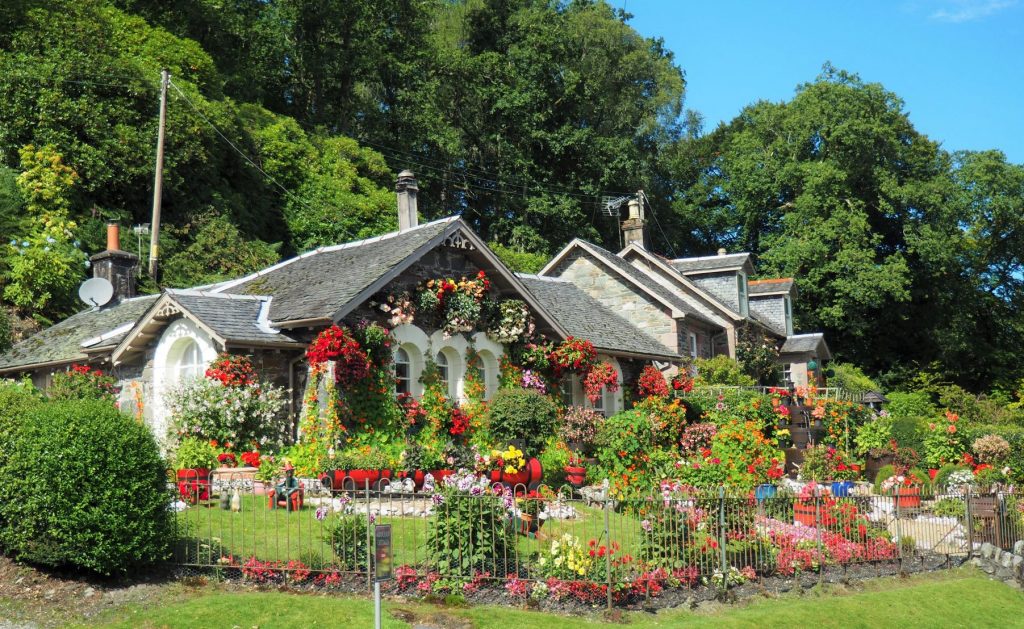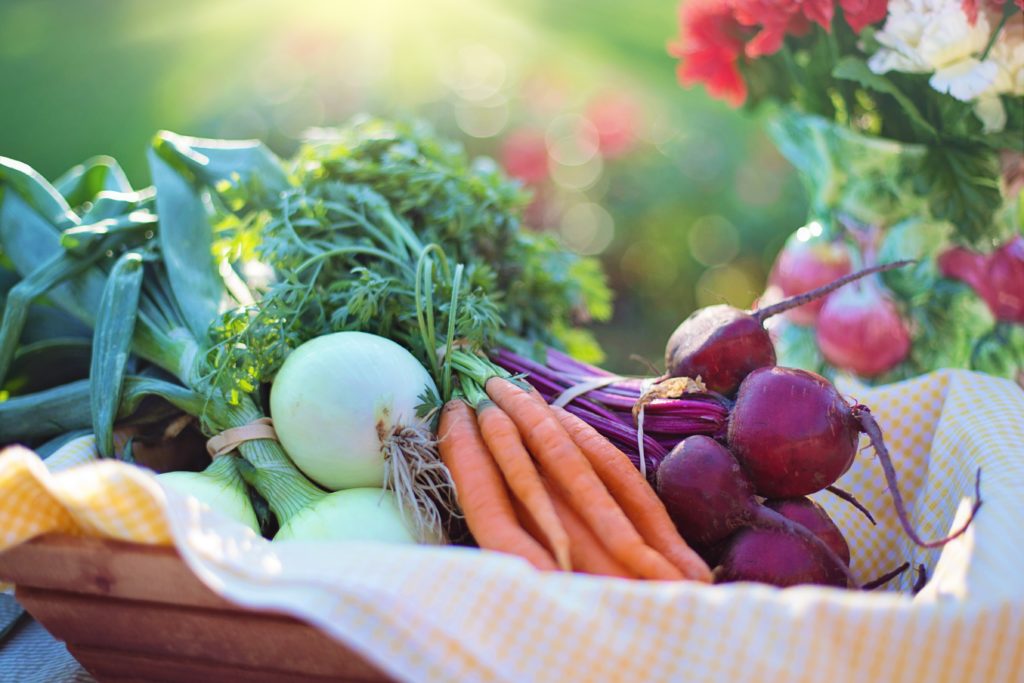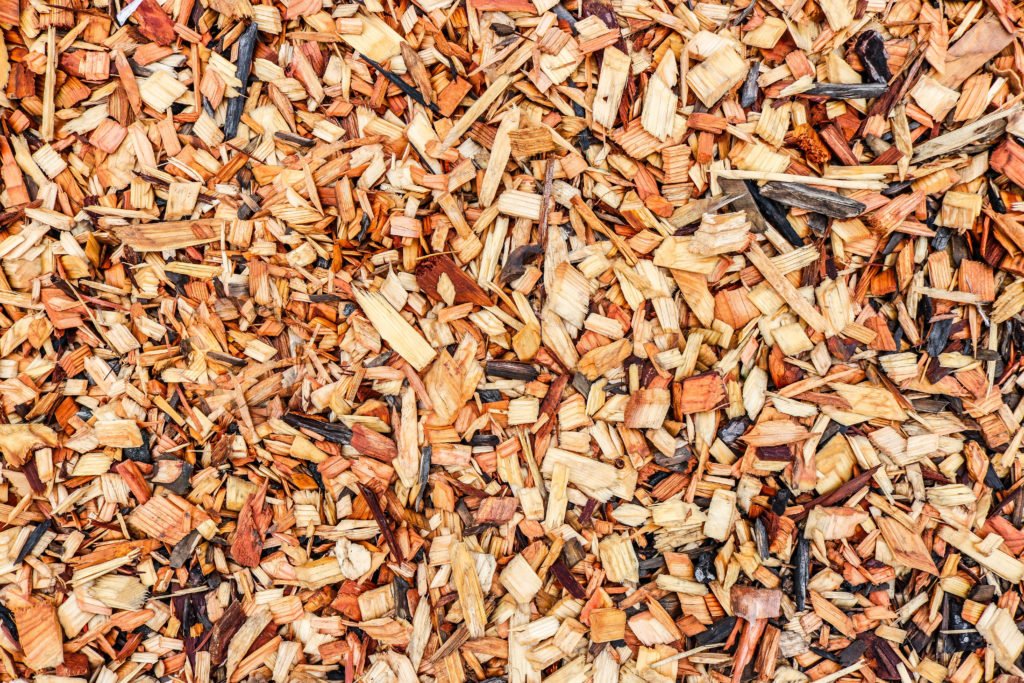It’s cold outside, and that means we are right in the middle of winter! Are you counting the days where you can dig into your spring garden and get to work? It seems so far away where enjoying the fruits, and vegetables, of our labor are among us.
While it may be a stretch away, now is a great time to know how to prepare and prepare for your spring garden, and satisfy the urge to get back to work! Here are seven great strategies to ensure you have another season of a successful garden.
This post contains affiliate links. If you click through and make a purchase, I’ll earn a commission, at no additional cost to you.
#1 – Fix Whats Broken
Now is a great time to take a look at your inventory of tools and gadgets and throw away anything broken, make repairs to equipment and upgrade your arsenal.
This is a great time to invest your time into the things you will rely on all season to ensure they are at their optimal status. Clean the gears, remove the rust, oil the hinges, check the motors, change the oil, and replace the worn.
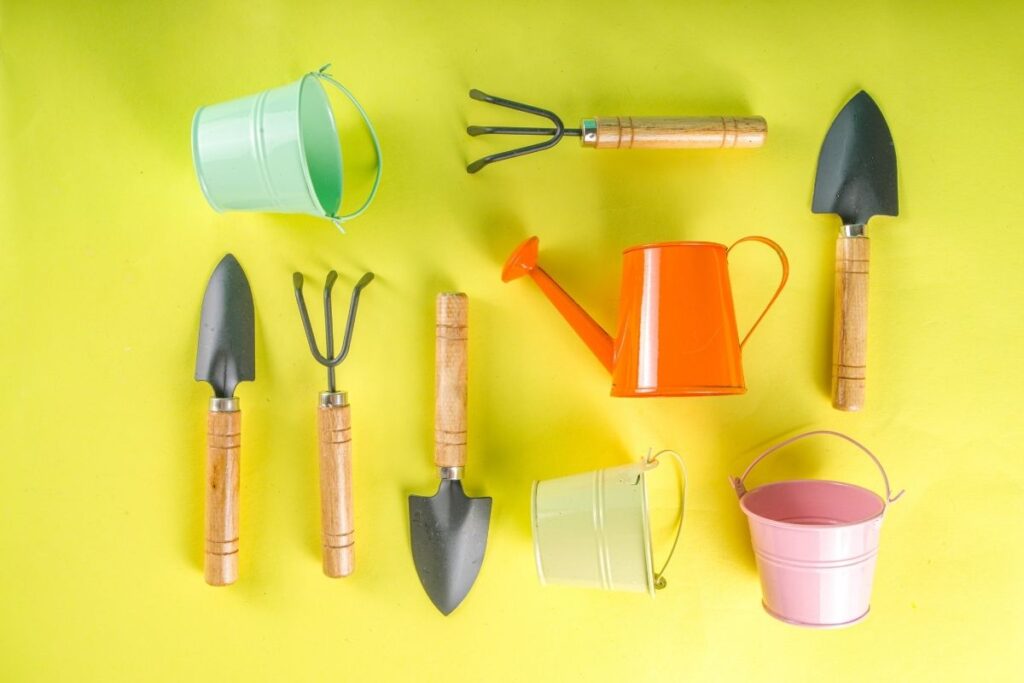
Are those tomato cages bent and crooked to an unrecognizable point? Take an afternoon to straighten them out. How are your shears looking? Let them soak and remove the gunk in the nuts and joints. Sharpen the spades.
Make sure your planters are clean and ready for day one. Now is the time to get the pre-work out of the way so you can spend your time later doing the fun stuff without having to deal with these hiccups later.
#2 – Prune Your Plants
Pruning can be done any time of year, however mid-winter is a great time to evaluate what needs pruning. To ensure a successful planting of the garden, consider what can be pruned and trimmed.
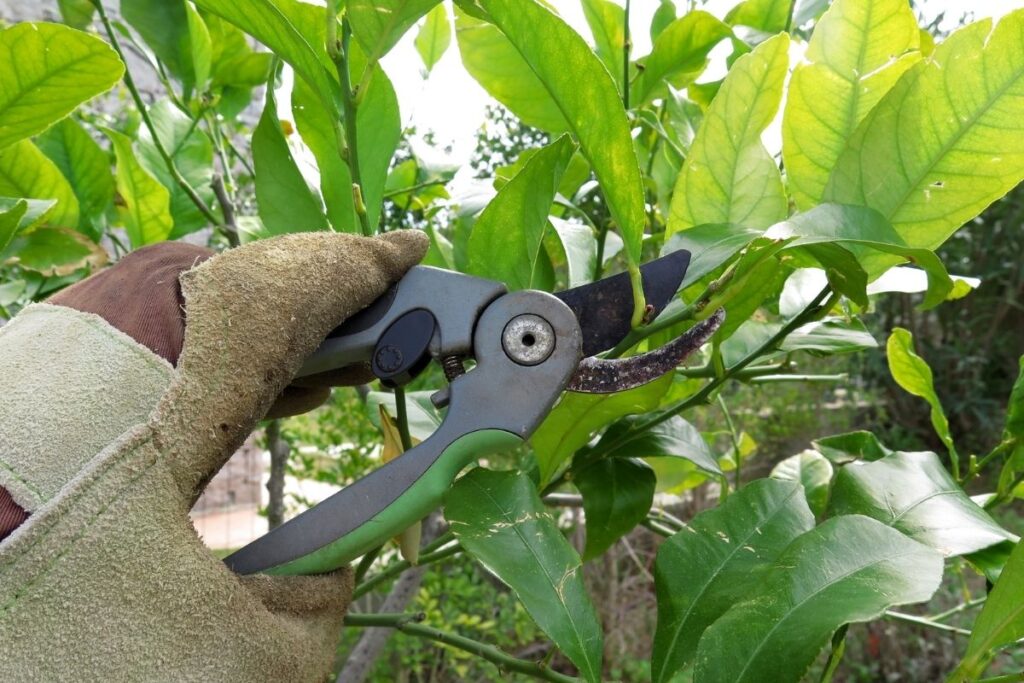
There are different trees and shrubs that bloom on new winter wood allowing you to prune back old wood. While there are minimal to no leaves, you’ll see the shape and skeleton of the plant better, giving you an opportunity to get to those hard to reach spots and create the desired shape.
Getting ahead of pruning now also signals the plant to stop growth in the freshly cut areas so it can give all its effort to the appropriate spaces. While you’re in there, add some fertilizer to the soil, or more soil in general. For larger shrubs the bare branches give you the opportunity to look for any erosion and fill in the spots.
#3 – Start Planting Indoors Now for a Spring Garden
Just because it’s cold outside doesn’t mean you can’t start your seeds indoors. It usually takes a good 6 weeks for the seedlings to mature enough and survive outside, so get them started, especially the hardy plants.
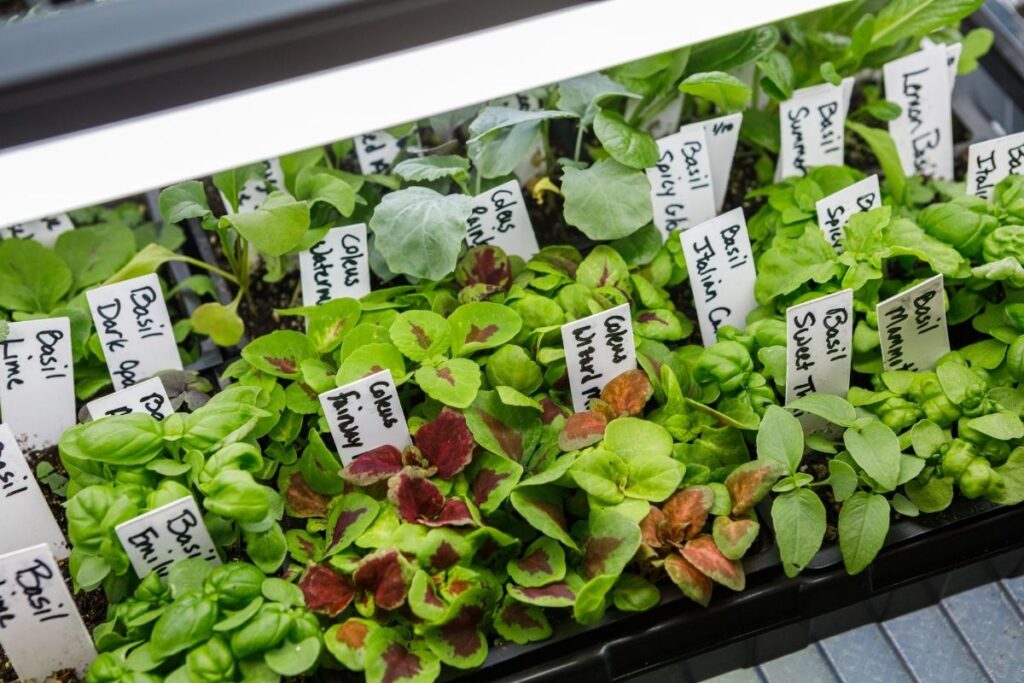
You can use an inexpensive miniature indoor greenhouse to ensure the right temperature and moisture is maintained as the winter air can be rather dry.
Another great way to start planting early is herbs as they are perfect for indoors and allow you to enjoy fresh ingredients sooner rather than later. Once the weather warms up, everything will be ready to go into the ground.
#4 – Fertilize and Mulch
Most people don’t consider mulch to be a necessity during the winter, but I beg to differ. With the harsh elements of the cold, and sometimes snow and ice, you want to protect your soil just as you would from the heat and sun. The best thing to do is take advantage of a clear ground. By that, I mean no snow, no large plants.
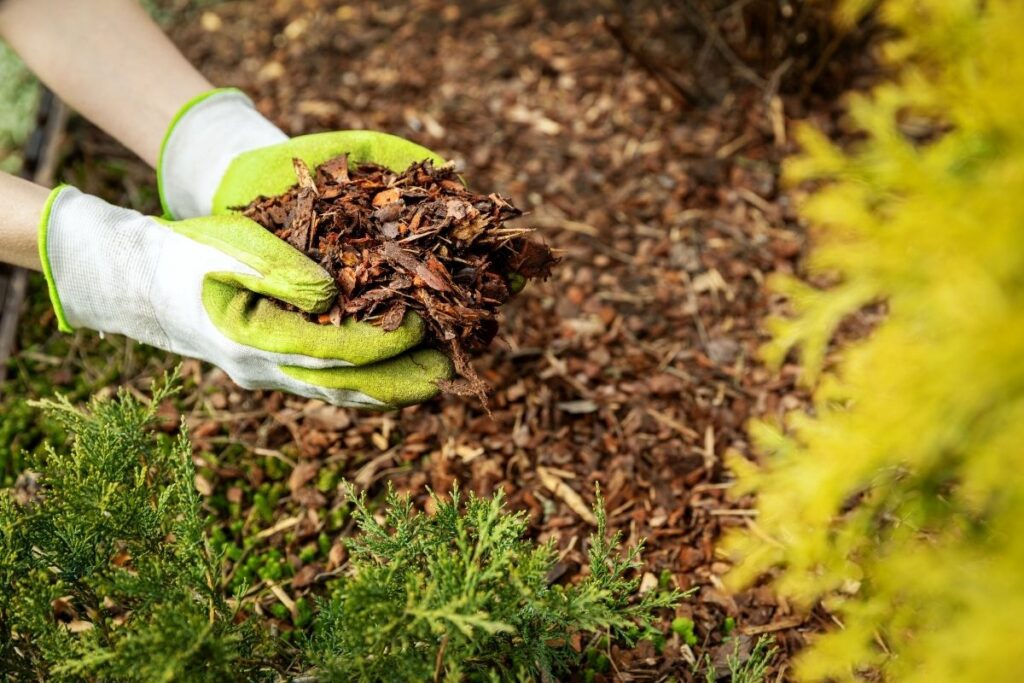
You should add fertilizer when you plant a garden to give it a head start on restoring nutrients and enriching the soil. After you add the fertilizer, spread a layer of mulch to lock it in.
You will keep the ground moist and allow the fertilizer to do its job without being jeopardized by winter weather. If the fertilizer and mulch freeze, do not worry. It’s going to defrost and will release the benefits again for an ongoing fertilization.
#5 – Review the previous year
How did the garden you planted perform last year? Were there dead spots? Under-performers? Did you notice any changes? Now is a good time to think about your strategy for the spring and how to navigate your spring garden.
When planting the garden, every year you should alternate plots when plants reach their peak and grow times to allow your soil time to replenish. Perhaps those peppers grew like wildfire the first time and now you’re lucky if you get a handful. Did you add enough nutrients? Did you give the plot a break? How did you position partner plants?
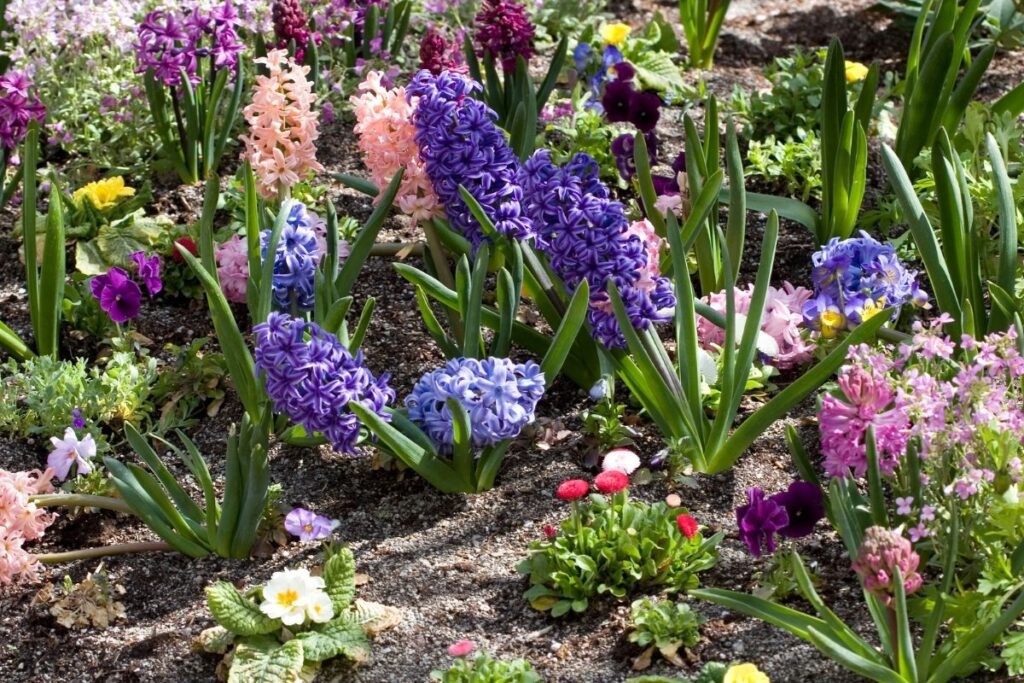
This is a good time to consider a new variety in the garden that encourages a partner plant to be more successful. While you’re considering how well you did last year, do research on something new to incorporate and mix things up a bit.
#6 – Plan for the Space You Have
Yes, we want all the tomato varieties! But there’s a problem. We don’t have space for everything. Give your plants room to grow and flourish and plant what you know you will use. Map out your garden plot dimensions and make a diagram. Write down everything you want to plant in the garden, and how much space they need to grow.
Try using this Garden planner to keep you organized!
Do the math and make sure you can fit everything comfortably. If you realize you can’t fit it all on paper, you certainly can’t fit it all in the garden. You will save yourself time and money if you plan now.
If you simply don’t have the space for all of the things you love in your spring garden, plant UP! Perhaps you have a fragrant herb you love that doesn’t really serve any other use other than ingredients for the occasional meal.
That is a great herb to put in a planter anywhere else, rather than taking precious real estate from your garden. Another great option is a raised garden bed. This garden bed on Amazon has great reviews as well as a self watering feature. It’s a great choice to add more to your space!
#7 – Plant Things You Use
It’s nice to have a variety of options coming from your garden, but what good are they if you don’t use them? Every year I adamantly grow dill. However, I use fresh dill maybe twice a year.
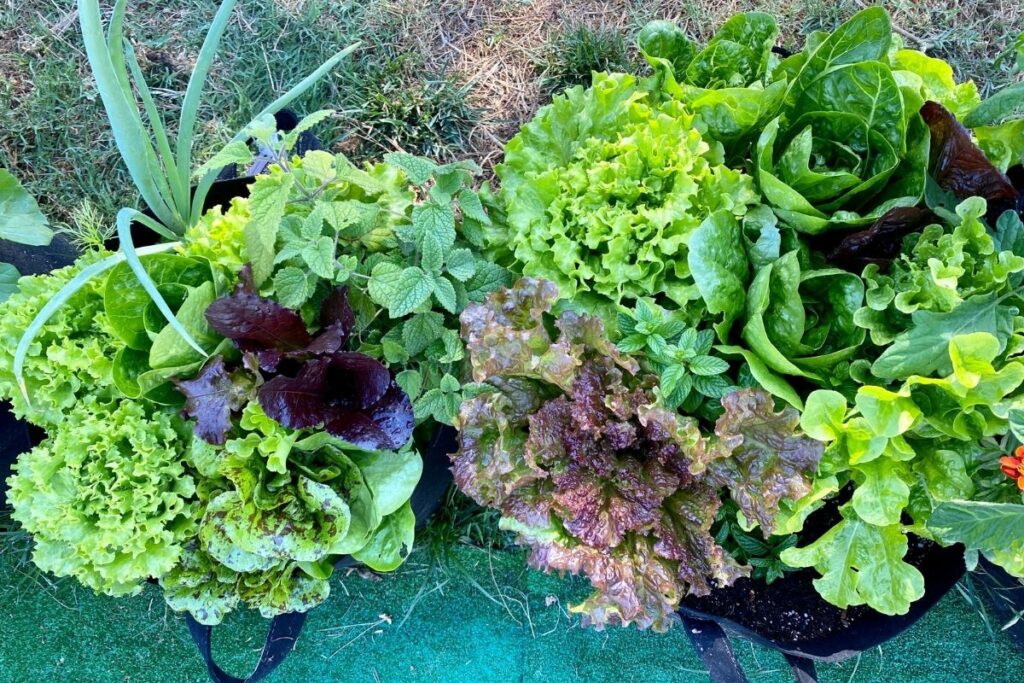
I am going to learn one day that I don’t need to take precious garden space for growing dill anymore but replace it with something I know I use often. It’s been proven I will use all of that zucchini in a variety of ways so I’m happy to plant 4-6 of them.
I enjoy pickling cucumbers and testing new recipes so I will plant more than one variety. I always throw out tomatoes and get mad when I don’t use them all, I will cut back on my tomato plants. When it’s time to plant a garden, start with what you use and learn to experiment with new produce as you go.
Articles You’ll Love:

